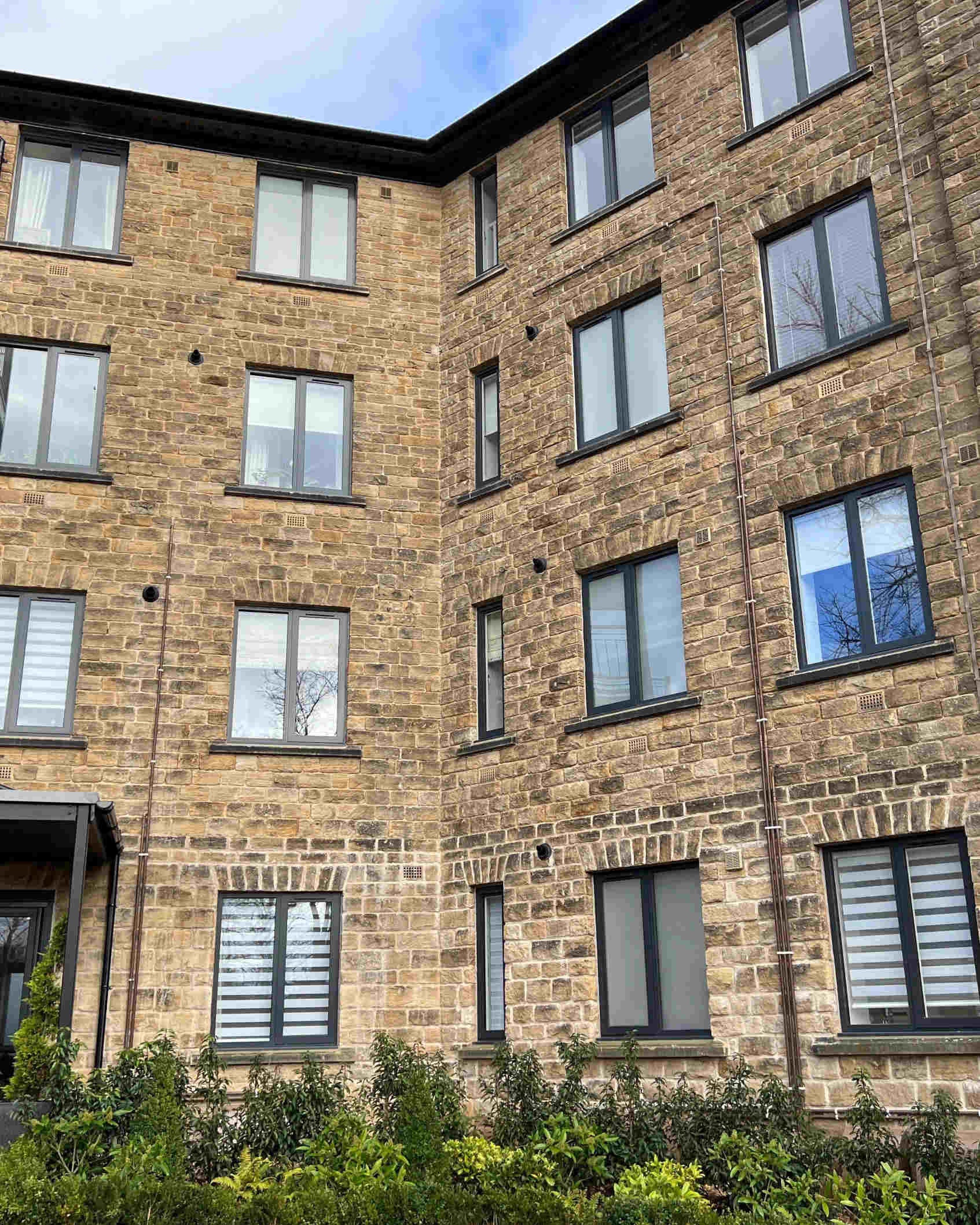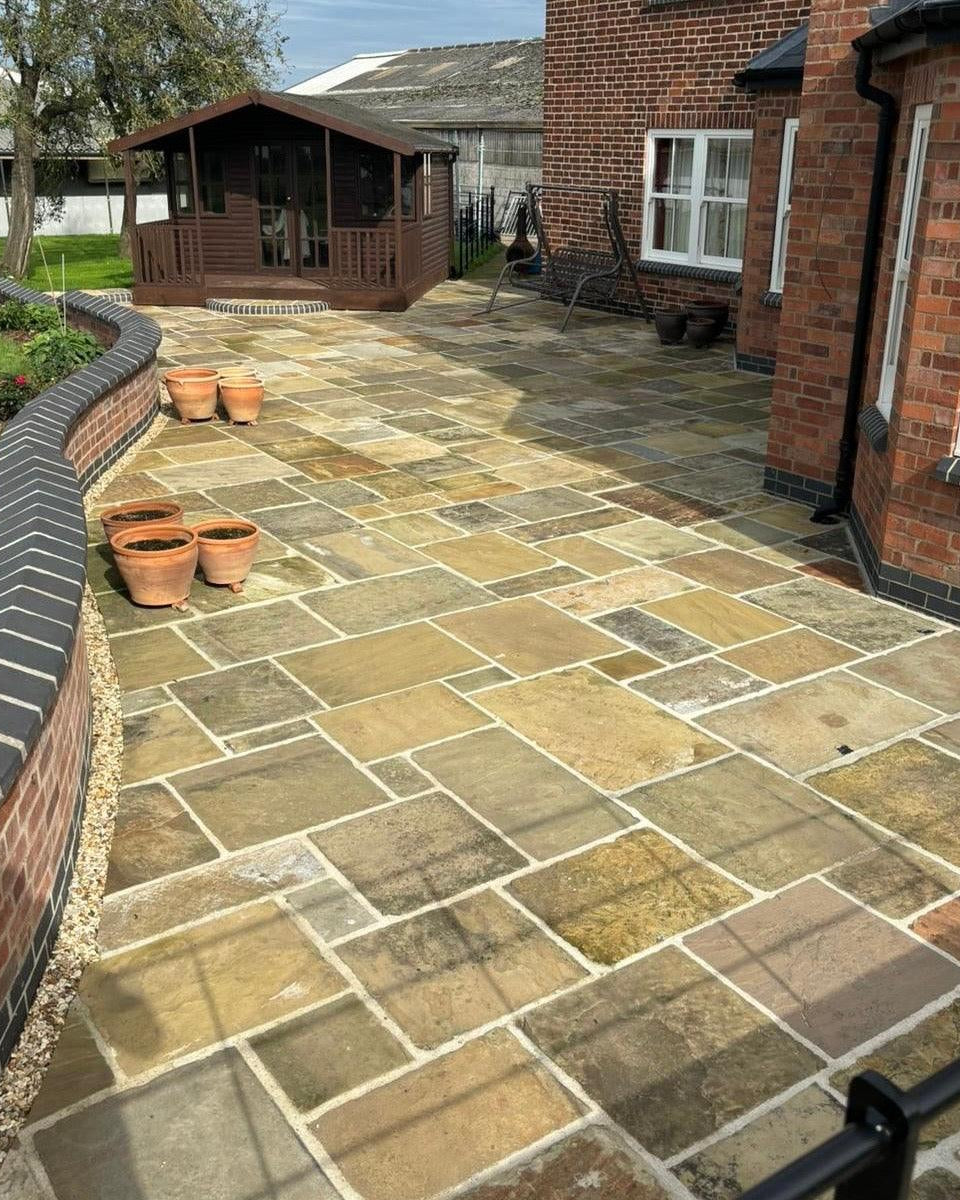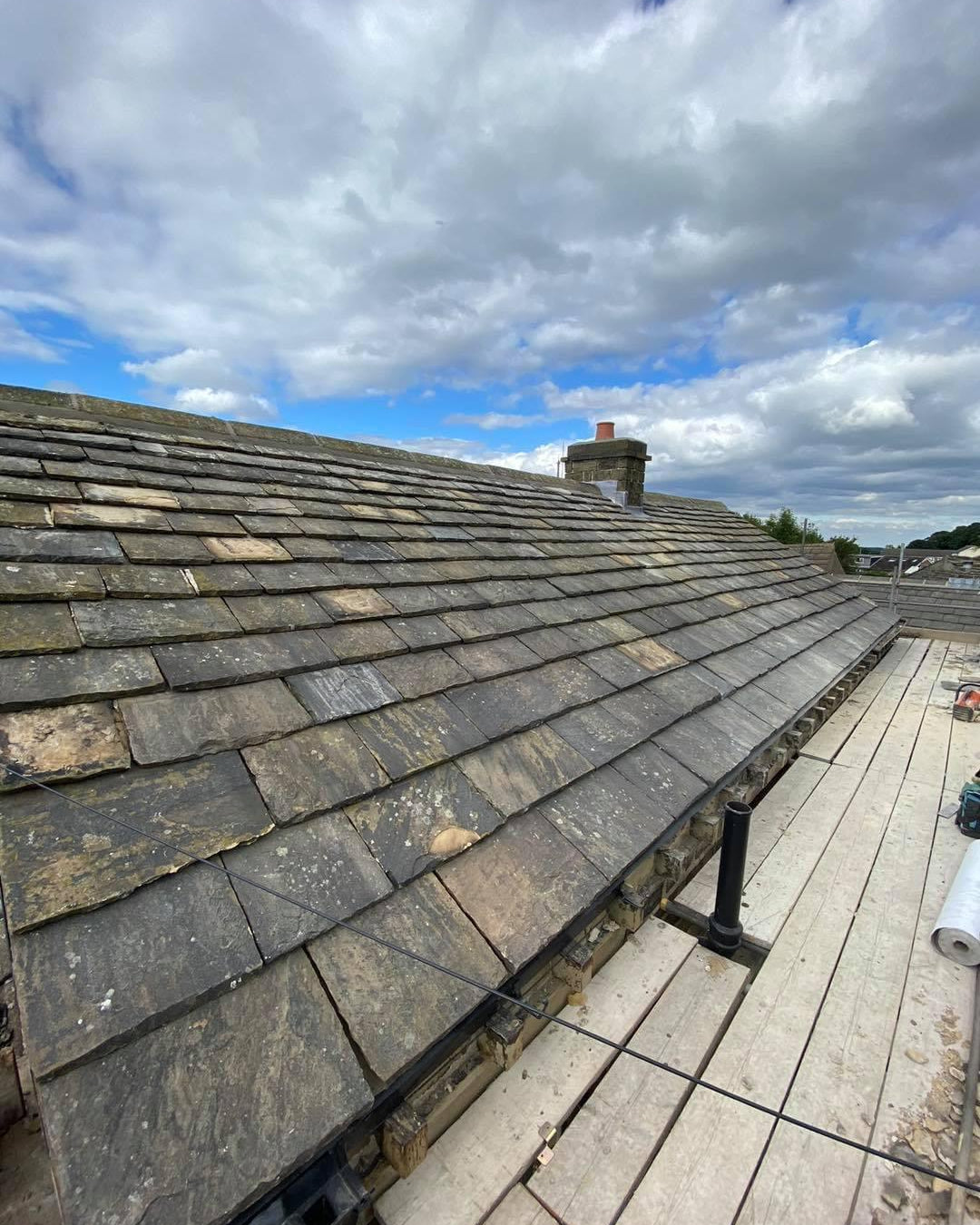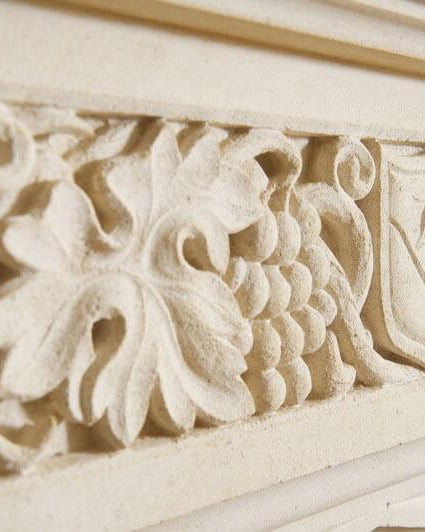Why Reclaimed Stone Is a Low-Carbon Alternative in Modern Construction
Introduction: Why Embodied Carbon Matters In today's construction industry, environmental performance is under increasing scrutiny. One of the most significant contributors to a building's total environmental impact is embodied carbon — the carbon emissions associated with extracting, processing, transporting, and manufacturing construction materials. As builders, architects, and specifiers seek more sustainable solutions, the use of reclaimed stone presents a powerful opportunity to lower these carbon figures without compromising on quality or aesthetics.
What Is Embodied Carbon in Stone Construction? Embodied carbon refers to the greenhouse gases emitted throughout a material's lifecycle before it even reaches the construction site. For new stone products, this includes energy-intensive quarrying, cutting, and transport. These processes often involve heavy machinery and long-haul distribution, contributing significantly to a project’s overall carbon footprint.
By contrast, reclaimed stone is salvaged from existing structures, meaning much of the embodied carbon has already been expended in its first lifecycle. By reusing these materials, the need for fresh extraction and processing is eliminated, delivering a substantial carbon saving.
How Reclaimed Stone Minimises Carbon Impact
-
No Quarrying or Processing: Reclaimed stone bypasses the energy-intensive activities associated with quarrying and shaping raw stone blocks.
-
Reduced Transport Emissions: When sourced locally, reclaimed stone significantly cuts down on transportation-related emissions compared to imports.
-
Longevity & Durability: Reclaimed stone is typically dense, well-aged, and capable of lasting for decades or centuries longer – reducing the need for future replacement or refurbishment.
Independent studies and lifecycle assessments suggest that reclaimed stone can reduce embodied carbon by up to 80–90% compared to newly quarried equivalents, depending on source distance and reuse method.
Reclaimed Yorkstone: A Smart Choice for Sustainable Building Yorkstone is one of the UK’s most sought-after paving materials. At Britannia Stone Company, we specialise in the reclamation of genuine Yorkstone paving, steps, and setts — hand-salvaged from historical buildings, streetscapes, and public spaces across the UK.
Each piece of stone is inspected, cleaned, and prepared for reuse without the need for reprocessing or firing. This makes reclaimed Yorkstone one of the lowest-carbon paving options available on the market, while also offering timeless character and durability.
Real-World Carbon Impact While exact figures vary by project, Britannia Stone estimates that its reclaimed product range diverted over 5,800 tonnes of material from landfill in 2024 — with further reclaimed stone volumes currently being assessed. By doing so, we helped avoid the significant carbon cost of producing the equivalent amount of new stone.
As with reclaimed bricks, the embodied carbon savings of using stone can be dramatic. When compared to newly quarried products, reductions of 70–95% are achievable, particularly where local supply chains and minimal processing are involved.
Supports BREEAM, LEED & Green Building Standards Using reclaimed stone can contribute towards sustainability assessment schemes such as:
-
BREEAM: Credits under MAT01 (Life Cycle Impacts), WST01 (Construction Waste), and MAN02 (Responsible Construction Practices)
-
LEED v4: Recognition under Building Life-Cycle Impact Reduction
Because reclaimed stone involves no new resource extraction, it aligns closely with circular economy and low-impact building models. Many specifiers use Britannia Stone's documentation to support their evidence packs for planning, BREEAM submissions, and ESG reporting.
To explore related topics in more detail, you might also be interested in:
Encapsulated Carbon: Why Reclaimed Stone Is a Low-Impact Building Choice
Conclusion: Building Responsibly with Reclaimed Stone The construction industry faces growing pressure to adopt greener practices, and materials are a crucial part of the solution. Reclaimed stone provides a proven, responsible choice for reducing embodied carbon without sacrificing structural integrity or beauty.
By specifying reclaimed Yorkstone or other salvaged materials from Britannia Stone, you’re making an immediate and measurable difference. Whether you're working on a conservation project, a landscape redevelopment, or a modern eco-build, reclaimed stone is a powerful step toward a lower-carbon future.







